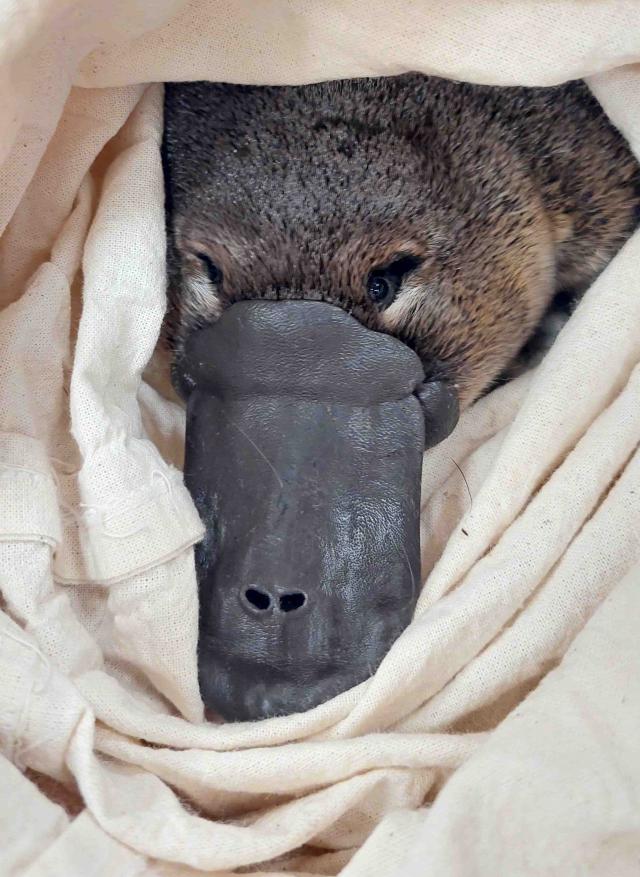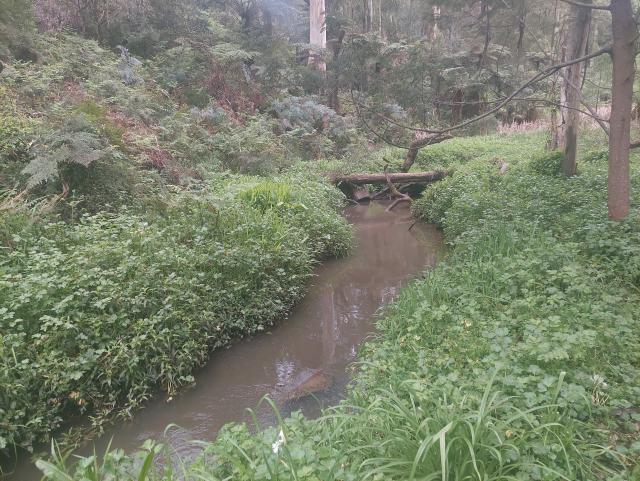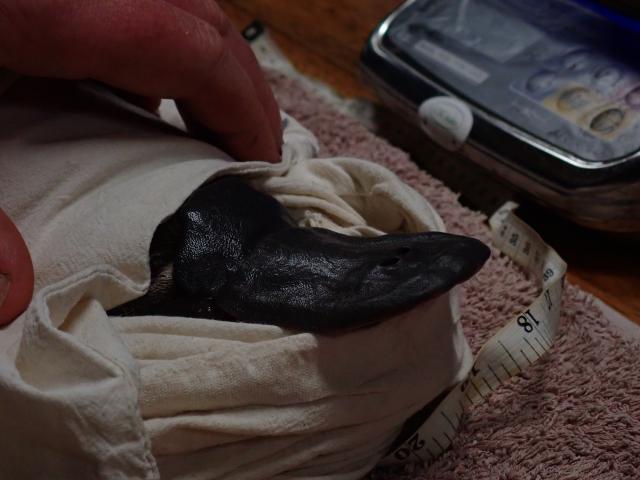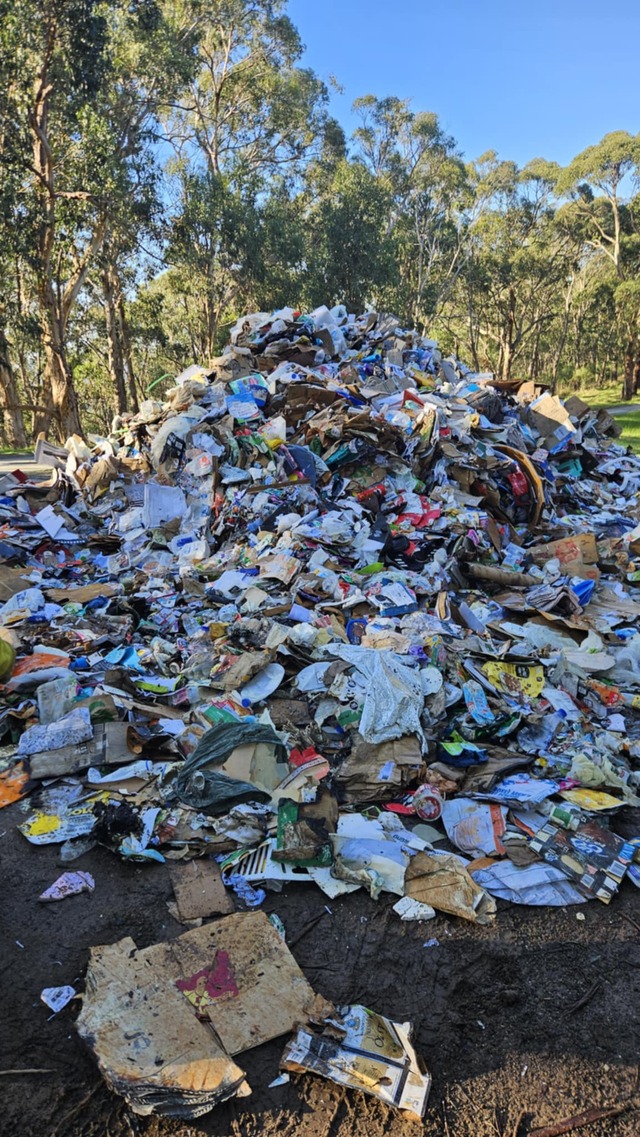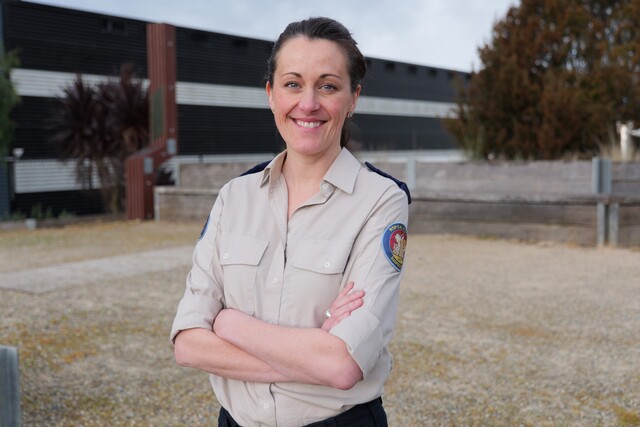The oldest platypus found in the wild has been detected in Monbulk Creek, marking a new record for the monotremes.
Tagged 01F6-03FF, the 24-year-old male was found in April 2023 – and later in September – as part of the Urban Platypus Program (MWUPP), in association with Ecology Australia and Cesar.
The record title for the oldest platypus in the wild was given to a 21-year-old female found in the upper Shoalhaven River in New South Wales, according to a study published in Australian Mammology.
Ecology Australia zoologist Gemma Snowball said when she and the team captured the “old boy,” they were not yet aware of his age.
“It was a bit like business as usual that night and we recorded a number, took its usual measurements and weighed it and then released it back at the capture site into the creek,” Ms Snowball said.
“It wasn’t until a few days later when checking the data and chatting to some other biologists that we realised how old that one was, and I was very excited when we did find out.”
Researchers found 10 other captive individuals have lived to an age of more than 20 years in recent decades, including a 30-year-old female at Healesville Sanctuary.
The species is listed as vulnerable in Victoria and endangered in South Australia.
Ms Snowball said more research is needed into the longevity of the platypus, although there is a hypothesis on why the webbed-footed monotreme survived for so long in the wild.
“The population in Monbulk Creek isn’t huge; they’ve got a steady population, we think it’s a steady population, but not a huge population, so the sex ratio between males and females from the monitoring that has been done in Monbulk Creek is quite equal,” she said.
“At any time a male is probably defending one max two females, which means there’s just a bit less mating effort required for that, and in other mammal species we’ve seen that mating effort can be a driver for mortality in wild animals due to aggressive interactions, reduced foraging effort; sometimes the mating effort and competitiveness between males can cause altered activity, so maybe they would leave the water a bit more, which may make them at more risk for preditation.
“The other thing is the Monbulk Creek is fairly narrow, so it’s about one to four metres wide at any point along the stretch of the creek, and that narrowness may contribute to it being a bit easier for males to defend females.”
Ms Snowball said males in the Shoalhaven River do not often live after the age of seven, with a denser platypus population in comparison to the 12 to 29 detected in Monbulk Creek between 1997 and 2007.
“[There’s] definitely more research needed in that area,” she said.
The male was first tagged at one year old in November 2000, surviving “frequent flood events” and avoiding predators like cats, dogs and foxes as well as dodging litter entanglement and surviving the millennium drought during the 2000s, according to Senior Asset Manager for Service Enablement Catchments Waterways at Melbourne Water Al Danger.
“It’s been very exciting to discover our record-breaking platypus; his age has far exceeded our expectations for life expectancy. His condition was excellent for his age,” Dr Danger, who runs the MWUPP and co-authored the study paper, said.
“There was no noticeable indication he was so old, just some wear and tear on his spurs.”
Southern Dandenongs Landcare Group committee member Eliza Lamb said the group is part of Environmental DNA (eDNA) platypus surveys.
“[Finding the male platypus], it’s really good news and I think it’s a testament to the work that’s happening in our region,” Ms Lamb said.
“Melbourne Water are doing a lot of work along the Monbulk Creek and other creeks in the ranges…we have the Friends of Belgrave Lake Park who work along in the Belgrave Lake Park they’re enhancing the stream side vegetation in that area. area and that’s really important because it’s trying to slow water flow.
“Stormwater runoff is a real problem for platypus; It’s got all that sediment and chemicals coming off impervious surfaces like roads and rooftops; the work that’s being done by the friends group and organisations like Melbourne Water is to slow that flow, let sediments percolate into the soil rather than going directly into the creeks which is only going to help the platypus because they’re really affected by contaminants and it also really affects the availability of their food source, their primary food source which is macroinvertebrates.”
While Melbourne Water conducts surveys using specialised nets to help catch the platypus with the goal of tracking their health over time, locals can also play a role in providing researchers with useful information through participating in a platypus spotting sessions.
It helps build knowledge of local platypus populations and guide conservation management efforts.
To learn more, visit platypusSPOT.org

